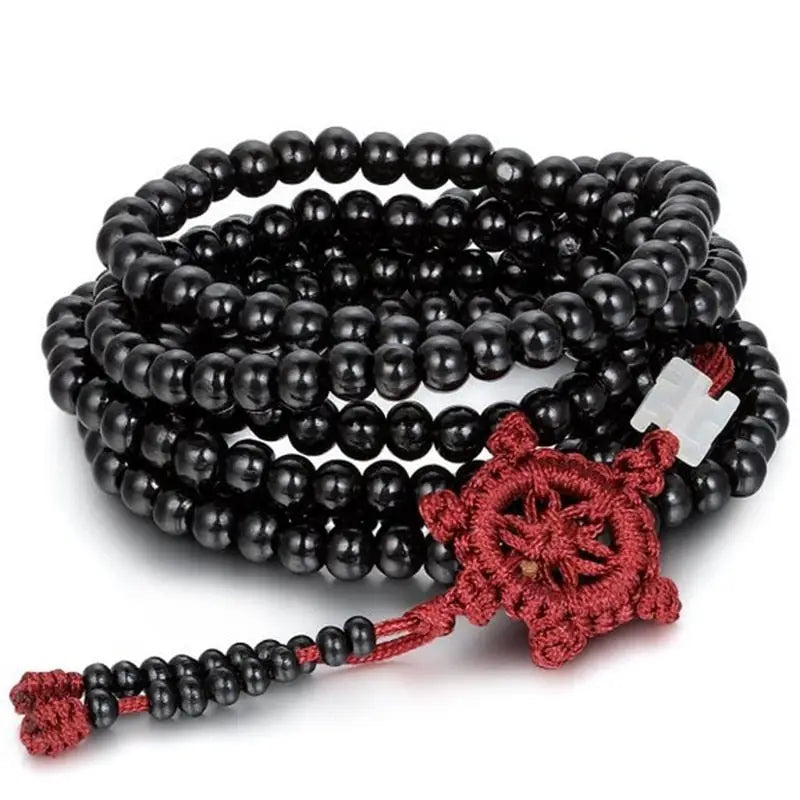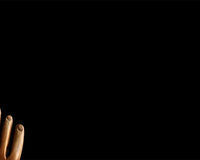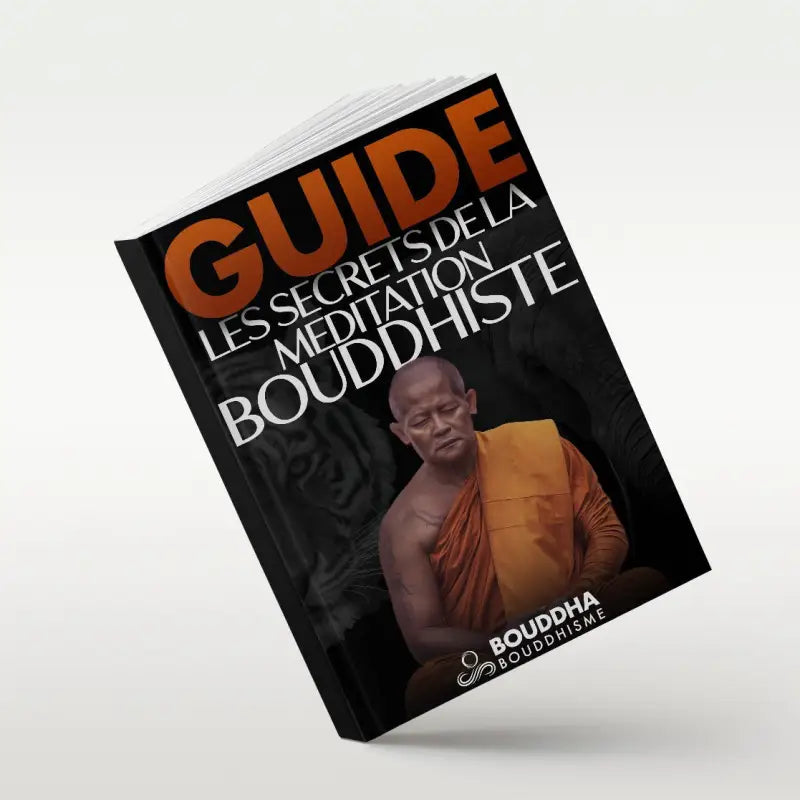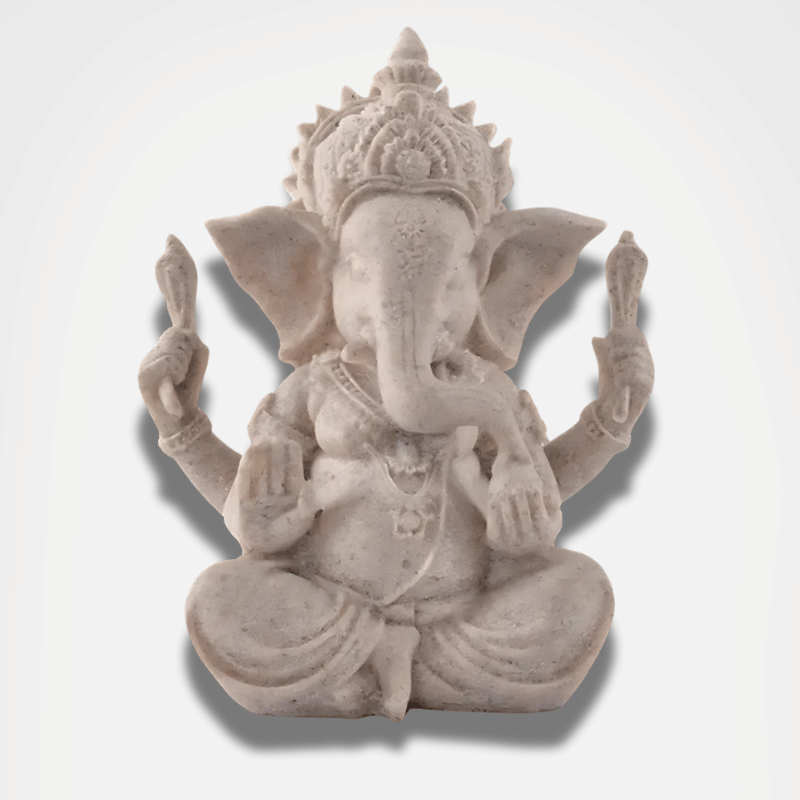Why do Buddhist monks have their right arm uncovered?
Meaning and symbolism of the attire of Buddhist monks
The outfit of Buddhist monks is very symbolic and has deep meaning. It reflects the teachings and values of Buddhism. One of the most remarkable features of the monks' outfit is the fact that their right arm is uncovered. This practice is not trivial and carries a particular meaning.
The uncovered right arm of Buddhist monks is a symbol of renunciation and detachment from material goods. By keeping their right arm uncovered, monks renounce property and attachment to material possessions. This is an integral part of the monastic way of life, where the pursuit of happiness and wisdom is achieved through detachment from material goods.
Renunciation of the material world
The uncovered right arm of Buddhist monks is also a symbol of renunciation of the material world and sensory pleasures. By keeping their right arm uncovered, monks show that they are willing to renounce material pleasures and desires, in an effort to find inner peace and spiritual awakening. This helps them free themselves from the distractions of the outside world and focus on their spiritual practice.
By wearing monastic robes that cover the entire body except the right arm, Buddhist monks are a constant reminder of their commitment to Buddhism and their monastic vows. It is a constant reminder of their responsibility to the Buddhist community and their duty to live in accordance with Buddhist principles.
Transmission of spiritual blessings
The uncovered right arm of Buddhist monks is also associated with the transmission of spiritual blessings. In some Buddhist traditions, monks use their right arm to bless and protect worshipers. By keeping their right arm uncovered, monks show their willingness to give blessings and share their wisdom with others.
This practice of leaving the right arm uncovered can also be seen as a gesture of openness and welcome towards others. Buddhist monks are often seen as spiritual guides and teachers, and by keeping their right arm uncovered, they invite others to come closer and receive their teachings and blessings.
The esoteric symbolism behind the uncovered right arm
The uncovered right arm of Buddhist monks is also associated with deep esoteric symbolism. In some Buddhist traditions, the right arm is considered to carry particular energy, called "merits". This energy is believed to emanate from the bodies and hands of monks and is transmitted when they perform blessings and rituals.
This is why the right arm is often kept uncovered and exposed during Buddhist ceremonies and rituals. By exposing their right arm, Buddhist monks create a channel through which the energy of merits can spread and touch others.
Preservation of spiritual energy
The uncovered right arm of Buddhist monks is also linked to the preservation of spiritual energy and its circulation through the body. According to Buddhist teachings, the right arm is considered a channel of subtle energy that flows through the body. By keeping this channel open and free, monks allow spiritual energy to flow freely and nourish their spiritual practice.
This practice of keeping the right arm uncovered is also linked to the notion of "mudra", which means "symbolic gesture" in Sanskrit. The uncovered right arm is considered a form of symbolic mudra that facilitates meditation, concentration and connection with spiritual forces.
Balance of energies
In certain Buddhist traditions, the uncovered right arm of monks is also associated with the balance of masculine and feminine energies. The left arm is considered to carry feminine energy, while the right arm is associated with masculine energy. By keeping their right arm uncovered, the monks seek to harmonize and balance these two energies within themselves.
This reflects the importance of balance and harmony in Buddhist practice, as well as the recognition of the complementarity of masculine and feminine energies in the universe.
Other practices associated with Buddhist monks
Besides the uncovered right arm, Buddhist monks are also associated with other symbolic practices and rituals. Here are some of these practices:
Meditation
Meditation is a central practice in Buddhism and is widely associated with Buddhist monks. Monks often spend long hours each day meditating, with the goal of cultivating consciousness and spiritual awakening. Meditation allows them to connect with their deepest nature and transcend the limitations of the material world.
Begging
Begging is another common practice among Buddhist monks. The monks, who renounce the possession of material goods, depend on donations from the community for their food and daily needs. Begging is a practice of renunciation and humility, which allows monks to cultivate gratitude and dependence on others.
Monastic vows
Buddhist monks take monastic vows, which are solemn commitments to spiritual practice and Buddhist principles. These vows typically include giving up violence, shooting, drinking, and other harmful behaviors. Monastic vows are an expression of monks' commitment to the Buddhist path and their duty to the community.
In conclusion, the uncovered right arm of Buddhist monks has a deep and symbolic meaning. It represents the renunciation of material goods, detachment from sensory pleasures and the transmission of spiritual blessings. This practice is linked to a series of esoteric symbols and the balance of masculine and feminine energies. It is a constant reminder of the monks' commitment to Buddhism and their path to spiritual awakening.














































